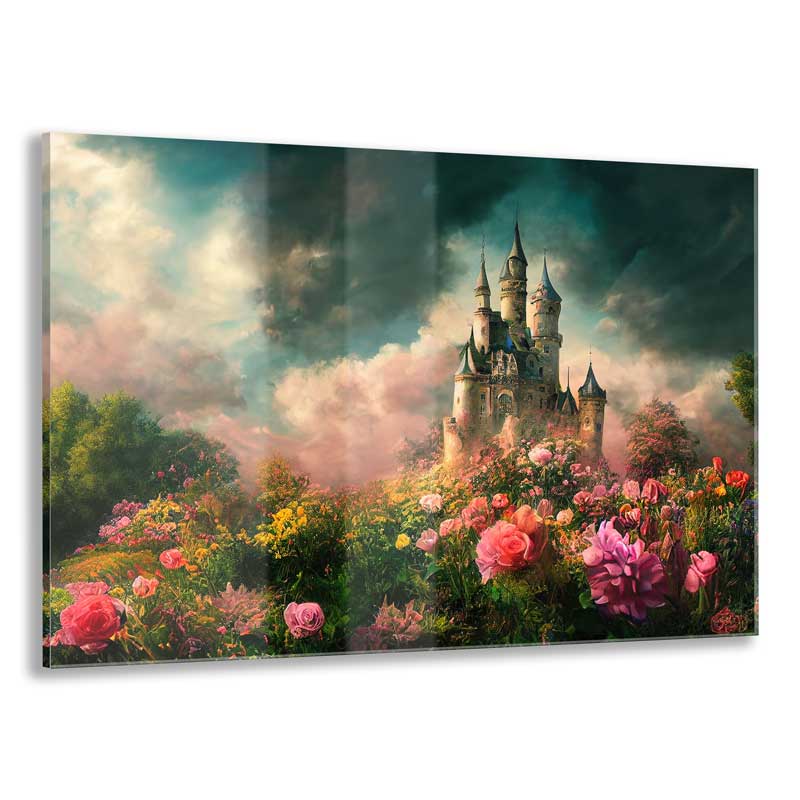If you are like many people printing either at a local photo lab or even at home on you inkjet printer, chances are you have experienced this at some point. Perhaps the prints looked okay and just tended to be a little darker than expected or maybe they were just so dark you could not use them. Regardless of how dark your prints appeared, the problem almost always is a result of a poorly calibrated monitor.
Believe it or not this used to not be much of a problem back in the day everyone had those bulky CRT monitors which weighed a ton. Since then monitor manufacturers have tried to offer stellar visuals on the screens which are great for viewing videos and graphics but terrible for the person looking to create prints of their images. Apple was probably one of the firsts to do this. It used to be that when I spoke to someone about their prints and they said they thought they were a little darker than expected, the first thing I would ask was if they were on a MAC. Almost always the answer was yes at which point I would explain the problem was with the monitor. Apple monitors tended to be overly bright compared to others.
The monitors Apple had helped them develop a reputation for having incredible displays but led to an improper portrayal of images. People in the graphic design industry knew better but the average person would see a photo on their MAC and think their image looked great when in actuality it was darker.
Today this is applicable to almost all monitors no matter if it on a PC or a MAC. Most people are using overly bright LCD displays which cause images to look incredible and make people think they their images look one way when they really don’t. A lot of people are also using notebook computer or even tablet computers, both of which are even brighter.
Fortunately printer manufacturers have gotten smart and in some instances will have corrective measures available in the internal printer software. Many photo labs and even FinerWorks will offer some sort of color / contrast correction option. But that still does not resolve the issue of you not being able to see on your screen how your images really look. This can especially be a problem if you are a budding photographer and are trying to learn the ins and outs of color balance, f-stops and ISO. It may looks great on your screen but what about when you send the photo to someone else, they might not think it looks so great.
The real solution is to get your monitor calibrated. There are devices like the Spyder 3 and ColorMunki which are perfect for this. They run around $90 to $120 depending on where you get them. If you are an artist or photographer and serious about printing your work, it should be on the top of the list of necessary equipment. Once you have calibrated your monitor you will see your images in a different light (literally). While they may appear a bit dim compared to before, you will have a better idea as to what sort of adjustments need to be made. When you make those adjustments you should see a remarkable improvement in your prints.

Order HD Face Mounted Acrylic Prints
Printed on high quality photo paper and face mounted to 1/4″ acrylic with polished edges. Choose between satin luster or metallic photo paper. Included is easy to install hanging hardware in the form of a French cleat.